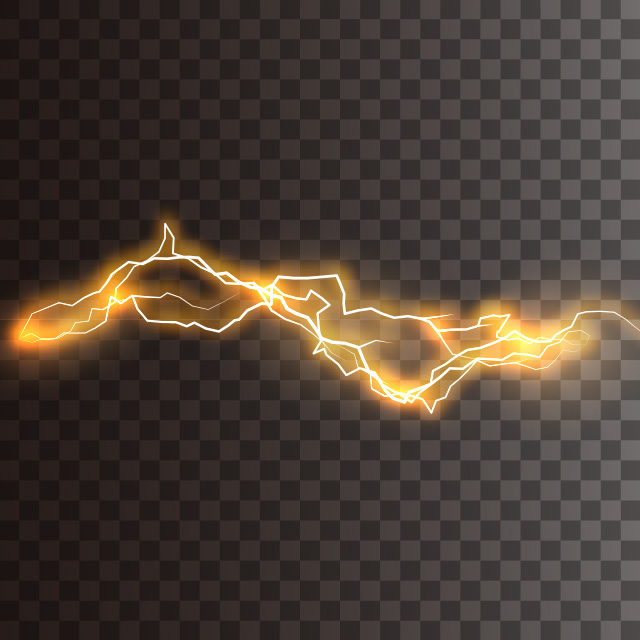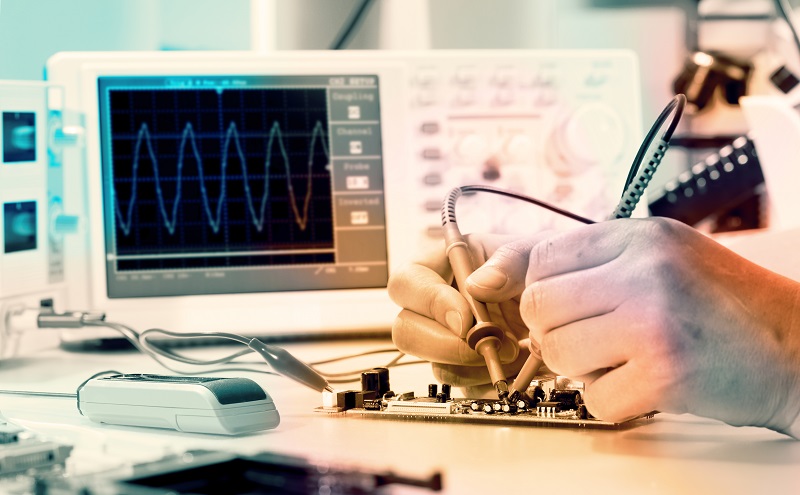How to Select AC-DC Power Supply for Peak Load Requirement
If you have a peak load requirement, then you will know how important it is for you to choose power supply that is able to provide you with the connection you need. If you are stuck and just don’t know where to start, then this is the guide for you.
Overviews
- What is Peak Load & Peak Load Requirement?
- What does Peak Load and Peak Load Requirement Mean?
- Key Factors When Selecting AC-DC Power Supplies for Peak Load Applications
- What’s The Difference Between Rated Power & Peak Power?
- Do you Have to Take Into Account Peak Power When it Comes to PC Power Supplies?
- Do you Have to Take Into Account Peak Power When it Comes to Printer and POS?
What is Peak Load & Peak Load Requirement?
Peak load is a set period of time when electricity is required to sustain a device, on demand. If you want to calculate the peak load of your device, you will need to take the total electricity used by the device over the month. You then need to divide it by the peak demand number, before dividing it by the days in your billing cycle. If you want to meet this with your PSU, then let’s say you have a system that needs 300W for a very short duration but 200W overall. Using a 200W power supply that is able to support 300W+ as a peak load will save you money when compared to investing in a 300W power supply.
What does Peak Load and Peak Load Requirement Mean?
Load, when you look at electrical engineering, is really just the amount of current that is being drawn by components. This could include appliances, machines and motors. When you look at load, you will soon see that you can have base load and peak load. This depends on the nature of the components you have connected. All electrical components won’t run at the same time. A toaster for example may only run for a few minutes, a computer may only run for a few hours and a television, all night. There are many appliances which run all the time, regardless, such as a refrigerator.
Base load is essentially the amount of electricity that is in demand over a 24 hour period. Peak load is when those devices are in high demand. High demand devices only run for a short period of time. Peak demand usually refers to the difference between base demand, and the highest demand. Peak demand could include televisions and even microwave ovens. Base demand could include refrigerators and HVAC systems.
Key Factors When Selecting AC-DC Power Supplies for Peak Load Applications
Specifying an AC/DC power option that is able to handle higher-than-normal power requirements can result in a higher cost for the product. In applications such as this, the average power will be lower than the peak demand and the savings can be soon realized without you having to compromise the reliability of your system. If you use a power supply that can support peak loads but with a lower power rating then this will result in a smaller power supply while also reducing weight, cost and system size. If you have a system that needs 300W for a very short duration, then consider using a 200W power source continuously so that you can reduce your demand. You just need to make sure that you choose a power supply with a peak load higher than 300W+. Applications that do require higher peak currents often have some kind of electromagnetic element. This can include a drive, a motor or a pump. These products tend to have average demands that are lower than the peak power requirement and they are more often than not seen in medical devices, factory automation facilities and in power tools.
What’s The Difference Between Rated Power & Peak Power?
RMS power handling refers to the amount of continuous power something can handle. If you have some speakers with 30W RMS rating but the peak rating is 60W then this means that the speaker can run 30W comfortably, but it can handle bursts of power up to 60W. The maximum power rating is how much the PN junction or the diode can dissipate before it does damage to itself. Peak power tells you about the voltage rail you will need to use. Rated power tells you about the dissipation capabilities, without causing any kind of adversity.
Some examples of devices that use both rated and peak power include printers, POS systems, monitors and embedded systems. POS systems can include touch screens, computers, self-service kiosks, terminals, scanners, keyboards, cash drawers and more.
Do you Have to Take Into Account Peak Power When it Comes to PC Power Supplies?
When you are choosing a new PSU, one of the biggest questions you will probably have is how many watts is going to be enough. This is often the case with PC hardware and the truth is that the answer can vary as it all depends on your system. The more complex your system is, the more power it will need to run. If you have a desktop with a custom liquid cooling system, then this will need a higher wattage when compared to a very simple system. It is very difficult to give recommendations as it depends on what you are using. Using a PSU wattage calculator is always a good idea though. If you have an idea of which product you need, you need to err on the side of higher wattage if possible. If you have a gaming build, then you may need 500W of power. Choosing a PSU that can support 650 watts would be wise. If you have a power supply that is 750W, your PC will only consume 500W. If you need more power, you know you have it. Peak power is the amount of power that the PSU can put over short periods of time. Continuous power is the amount required to power the computer on a regular basis. When it comes to your PC supplies, it is wise for you to try and make sure that you choose one that is able to put out a good level of peak power, if you are choosing a system that has a high power requirement then it would be wise for you to make sure that you go through all of the power options available to ensure that you have both the base power required as well as any peak power that you may need when you choose to push your system or when you want to kick things up a notch.
Do you Have to Take Into Account Peak Power When it Comes to Printer and POS?
Yes, it is very important that you take into account peak power when it comes to your printer and your POS system. This is because your printer probably won’t be used all of the time, and therefore may put additional strain on your power load. This is especially the case if you have a high-powered printer that is used intermittently. The same applies to POS systems, as well.
If you are having a hard time finding out which power is suited to you and your needs, then you can find a list of the most recommended peak power options below.
There are many options available if you want to make sure that you are choosing the right power for your device. If you need some help making sure that you are happy with your choice then you can contact our team and we will do what we can to give you the support you need when you need it.
For more FSP product information, please visit:
Related Articles
About FSP
FSP Group is one of the global leading power supply manufacturer. Since 1993, FSP Group has followed the management conception “service, profession, and innovation” to fulfill its responsibilities as a green energy resolution supplier.





